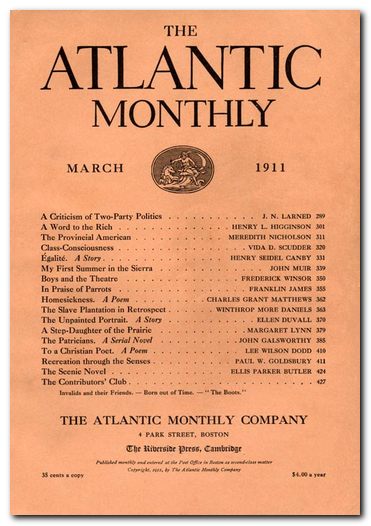tutorial, commentary, study resources, plot, and web links
The Canary was written on 7 July, 1922 at the Hotel Chateau Bellevue in Sierre, Switzerland as a gift for Dorothy Brett with whom Katherine Mansfield had lived briefly in Bloomsbury. It was her last completed story and was only published after her death in 1923. The original inspiration for the story came from her stay at the Victoria Palace Hotel in Paris, where she used to watch a woman across the street tending canaries in a cage.
The Canary – critical commentary
This is one of Mansfield’s essentially static and non-dramatic stories with very little sense of narrative development and a complete absence of dramatic events. It is more like a very light character sketch combined with an evocation of an emotional state of being – the sort of modernist experiment with the short story as a literary genre that Mansfield had been pursuing at the same time as her great contemporary (and friend) Virginia Woolf.
Like most of her best work, it relies on understatement and a delicate symbolism for its effect. An elderly woman finding comfort in a pet creature is a common enough phenomenon, and Mansfield creates a credible account of the pleasure and reassurance she gains from the bird’s song. But at the same time we are reminded of her half-formed yearnings which were previously attached to her waiting for the evening star – Venus.
Venus was the Roman goddess whose functions encompassed love, beauty, sex, fertility, prosperity and desire – none of which seem to have featured largely in the woman’s life. This small piece of domestic sadness is reinforced by the fact that she is aware that the three male lodgers call her ‘the Scarecrow’, but reassures herself that ‘It doesn’t matter. Not in the least.’ Nevertheless, without the bird in its cage, she now feels an inchoate sense of loneliness and sadness which she can neither articulate nor explain to herself.
The old woman’s hesitancy and point of view are neatly reflected in Mansfield’s presentation of the first person narrative. Every paragraph begins with an ellipsis (…); the woman addresses an imaginary interlocutor – ‘You see that big nail on the right of the front door?’ – and she feels she must not ‘giv[e] way to — to memories and so on’.
The Canary – study resources
![]() Katherine Mansfield’s Collected Works
Katherine Mansfield’s Collected Works
Three published collections of stories – Kindle edition – Amazon UK
![]() The Collected Short Stories of Katherine Mansfield
The Collected Short Stories of Katherine Mansfield
Wordsworth Classics paperback edition – Amazon UK
![]() The Collected Stories of Katherine Mansfield
The Collected Stories of Katherine Mansfield
Penguin Classics paperback edition – Amazon UK
![]() Katherine Mansfield Megapack
Katherine Mansfield Megapack
The complete stories and poems in Kindle edition – Amazon UK
![]() Katherine Mansfield’s Collected Works
Katherine Mansfield’s Collected Works
Three published collections of stories – Kindle edition – Amazon US
![]() The Collected Short Stories of Katherine Mansfield
The Collected Short Stories of Katherine Mansfield
Wordsworth Classics paperback edition – Amazon US
![]() The Collected Stories of Katherine Mansfield
The Collected Stories of Katherine Mansfield
Penguin Classics paperback edition – Amazon US
![]() Katherine Mansfield Megapack
Katherine Mansfield Megapack
The complete stories and poems in Kindle edition – Amazon US
The Canary – plot summary
An elderly woman is recalling the pleasure she has derived from her pet canary, which is now dead. The bird had a particularly beautiful song.
In the past she had focused her spiritual yearnings on the nightly appearance of a star (Venus) but she has transferred these feelings onto the bird as soon as it was acquired.
She looks after three men as lodgers, and views the bird as a male companion. She is aware that the lodgers view her with disdain, but finds comfort in the presence of the bird.
Even when she feels existentially threatened by a bad dream and a dark night, she feels the bird’s chirping as a comforting presence.
Now that the bird has died she knows that she ought to get over the loss, but feels an emptiness and sadness in life that she cannot explain.

Katherine Mansfield – web links
Katherine Mansfield at Mantex
Life and works, biography, a close reading, and critical essays
Katherine Mansfield at Wikipedia
Biography, legacy, works, biographies, films and adaptations
0415402395
Katherine Mansfield at Online Books
Collections of her short stories available at a variety of online sources
Not Under Forty
A charming collection of literary essays by Willa Cather, which includes a discussion of Katherine Mansfield.
Katherine Mansfield at Gutenberg
Free downloadable versions of her stories in a variety of digital formats
Hogarth Press first editions
Annotated gallery of original first edition book jacket covers from the Hogarth Press, including Mansfield’s ‘Prelude’
Katherine Mansfield’s Modernist Aesthetic
An academic essay by Annie Pfeifer at Yale University’s Modernism Lab
The Katherine Mansfield Society
Newsletter, events, essay prize, resources, yearbook
Katherine Mansfield Birthplace
Biography, birthplace, links to essays, exhibitions
Katherine Mansfield Website
New biography, relationships, photographs, uncollected stories
© Roy Johnson 2014
More on Katherine Mansfield
Twentieth century literature
More on the Bloomsbury Group
More on short stories
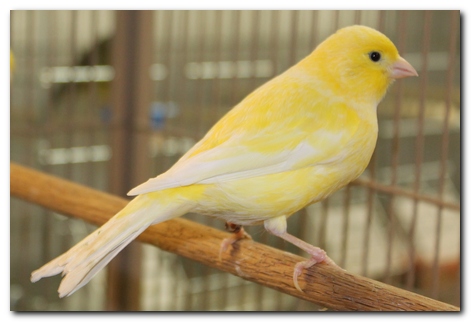

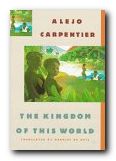 The Kingdom of This World
The Kingdom of This World The Lost Steps
The Lost Steps
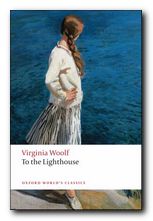 To the Lighthouse
To the Lighthouse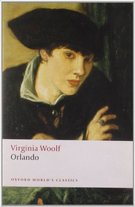 Orlando (1928) is one of her lesser-known novels, although it’s critical reputation has risen in recent years. It’s a delightful fantasy which features a character who changes sex part-way through the book – and lives from the sixteenth to the twentieth century. Using this device (which turns out to be strangely credible) Woolf explores issues of gender and identity as her hero-heroine moves through a variety of lives and personal adventures. Orlando starts out as an emissary to the Court of St James, lives through friendships with Swift and Alexander Pope, and ends up motoring through the west end of London on a shopping expedition in the 1920s. The character is loosely based on Vita Sackville-West, who at one time was Woolf’s lover. The novel itself was described by Nigel Nicolson (Sackville-West’s son) as ‘the longest and most charming love-letter in literature’.
Orlando (1928) is one of her lesser-known novels, although it’s critical reputation has risen in recent years. It’s a delightful fantasy which features a character who changes sex part-way through the book – and lives from the sixteenth to the twentieth century. Using this device (which turns out to be strangely credible) Woolf explores issues of gender and identity as her hero-heroine moves through a variety of lives and personal adventures. Orlando starts out as an emissary to the Court of St James, lives through friendships with Swift and Alexander Pope, and ends up motoring through the west end of London on a shopping expedition in the 1920s. The character is loosely based on Vita Sackville-West, who at one time was Woolf’s lover. The novel itself was described by Nigel Nicolson (Sackville-West’s son) as ‘the longest and most charming love-letter in literature’.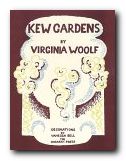 Kew Gardens
Kew Gardens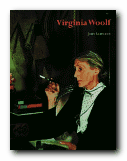 Virginia Woolf
Virginia Woolf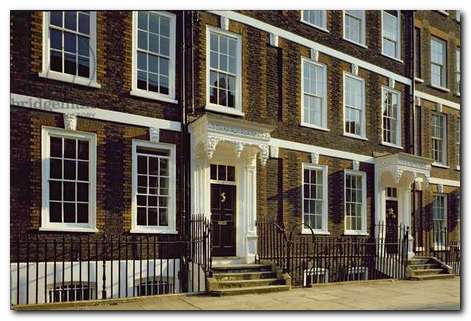
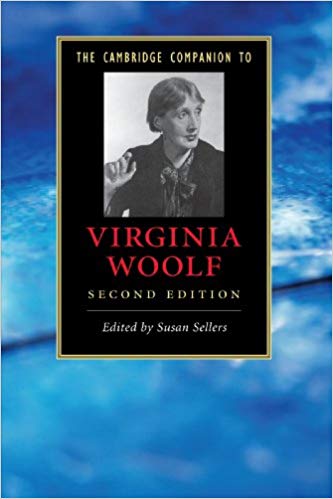
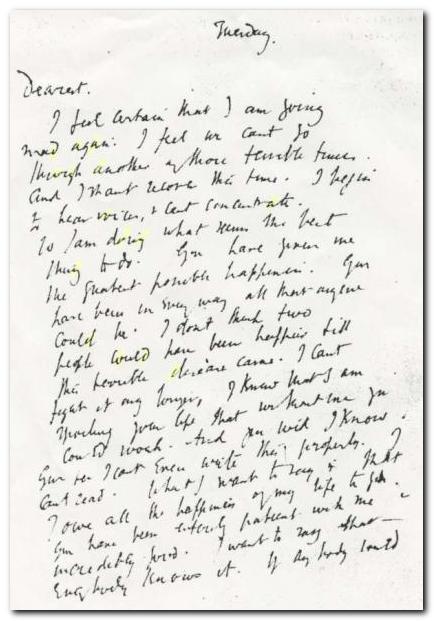
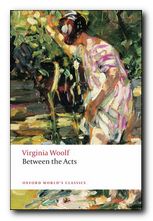 Between the Acts
Between the Acts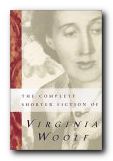 The Complete Shorter Fiction
The Complete Shorter Fiction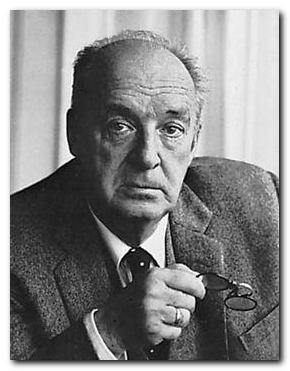
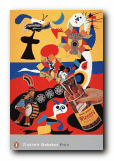 Pnin
Pnin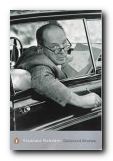 Collected Stories
Collected Stories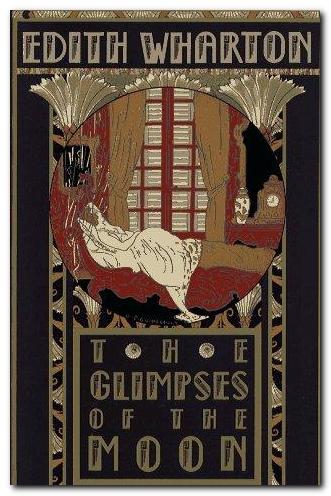
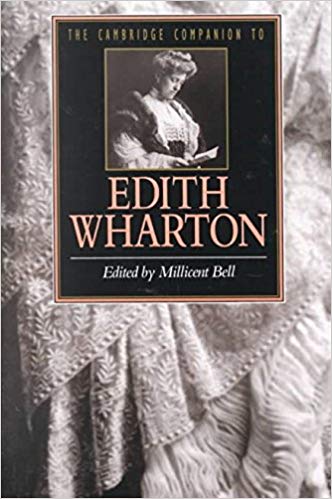
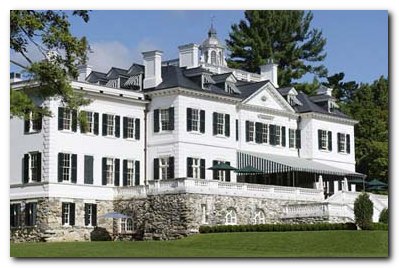
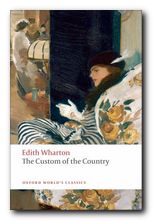 The Custom of the Country
The Custom of the Country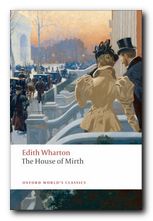 The House of Mirth
The House of Mirth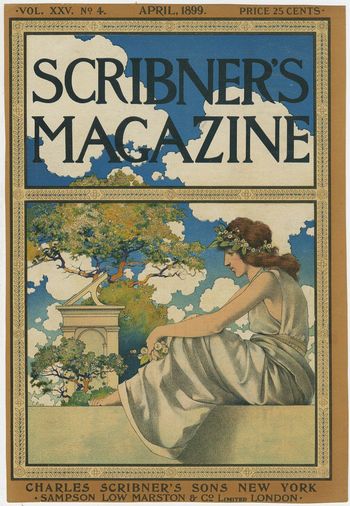
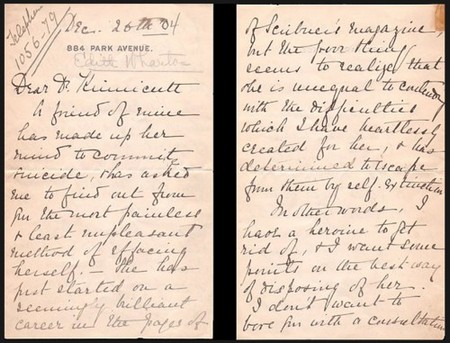
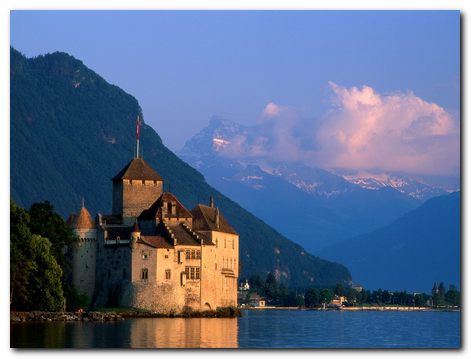
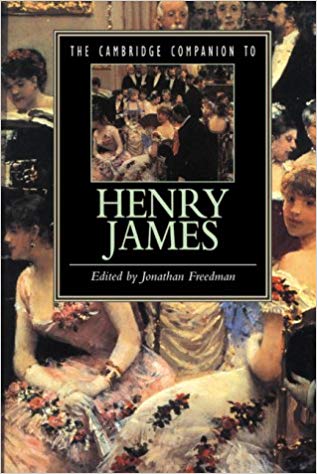

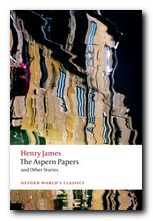 The Aspern Papers
The Aspern Papers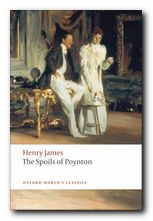 The Spoils of Poynton
The Spoils of Poynton